When the United States declared war on the Empire of Japan in December 1941, and then Germany and Italy declared war on the United States, the only American women in uniform were members of the Army Nurse Corps and Navy Nurse Corps. Each service branch eventually opened to women, and by the end of the war, over 350,000 women wore American service uniforms. Though they did not serve in combat roles, 432 women were killed and 88 taken prisoner.
As far back as the American Revolution, nursing was a traditional role for women in wartime. In 1901, the Army Nurse Corps was formed, and the first women were appointed as part of the military. The US Navy followed suit seven years later, creating the Navy Nurse Corps. When Japanese forces attacked Pearl Harbor and the Philippines, Army and Navy Nurses were there to tend to the wounded.
Many in the Philippines became prisoners of war and continued to care for Americans in camps until liberated. These two nursing corps grew in numbers during the war, with 11,000 women serving in the Navy Nurse Corps, and 57,000 in the Army Nurse Corps. In 1944, nurses in both corps finally received commissions and full benefits equal to women in the Women’s Army Corps. These trailblazing women paved the way for others to join the Army, Navy, Marine Corps, and Coast Guard in astounding numbers during World War II.
1942 was a pivotal year for the future of women in the armed forces. In May, the Women’s Army Auxiliary Corps (WAAC) was created. In July, a bill added women to the US Navy and Marine Corps, creating the Women Accepted for Volunteer Emergency Service (WAVES) and Women Reservists. In November, the Coast Guard created their own women’s unit—the SPARs, which stood for the Coast Guard motto, “Semper Paratus, Always Ready.” In 1943, two all-female pilot organizations merged to create the Women Airforce Service Pilots (WASPs). Although their basic functions, were similar—to free men for combat roles—each branch had its own identity, matching the bravado and pride of their male counterparts.
Women’s Army Corps (WACs)
US Army
Originally founded as an auxiliary arm of the US Army, WACs initially did not receive rank, benefits, or even pay equivalent to men in the Regular Army. In July 1943, an important step was taken when the Women’s Army Auxiliary Corps became the Women’s Army Corps (WAC) and officially became part of the US Army. This enabled WACs to serve overseas, as they could be given proper benefits should they be wounded or killed in service.
The first WAAC Director was Oveta Culp Hobby. Her greatest challenge was to convince the American public that a woman could join the Army, but still be “a lady.” Despite cultural misgivings about women in uniform, by November 1942, the initial recruitment goal of 25,000 had been exceeded. A cap was set at 150,000 for WACs, which was met by the end of the war. Once the transition to WAC service was complete, African Americans were accepted for service. The 6888th Central Postal Directory Battalion was the only all-black female unit to serve in Europe during the war. They provided a vital service—sorting through a mail backlog of millions of letters that were important for maintaining morale at the front.
This WAC recruiting video, It’s Your War Too, was created to help fight negative perspectives on WAC service, and to recruit more women into the ranks of the WACs. From the National Archives.
Women Accepted for Volunteer Emergency Service (WAVES)
US Navy
The establishment of the WAVES was not the first time women had served in the US Navy. During World War I, thousands of women had served as Yeomen through a loophole which opened naval service to all Americans, omitting gender as a requirement for service. Known as Yeomanettes, they were phased out after the war, and women were not able to join the US Navy until the creation of the WAVES. Under the direction of Lieutenant Colonel Mildred McAfee, the WAVES grew to 27,000 in number in the first year, eventually numbering over 8,000 officers and 80,000 enlisted WAVES.
Unlike their WAC counterparts, WAVES were part of US Navy from the beginning, though they were considered reservists, and not regular Navy. Unlike the WACs, WAVES were not allowed to serve overseas until January 1945, and even then they were allowed to serve only in Hawaii and Alaska. Limited to roles ashore, WAVES were not allowed to serve aboard naval vessels, though they filled vital positions at nearly 900 shore installations in the United States. WAVES service was not open to African American women until late 1944, and the first two African American WAVES officers, Harriet Ida Pickens and Frances Wills, graduated in December.
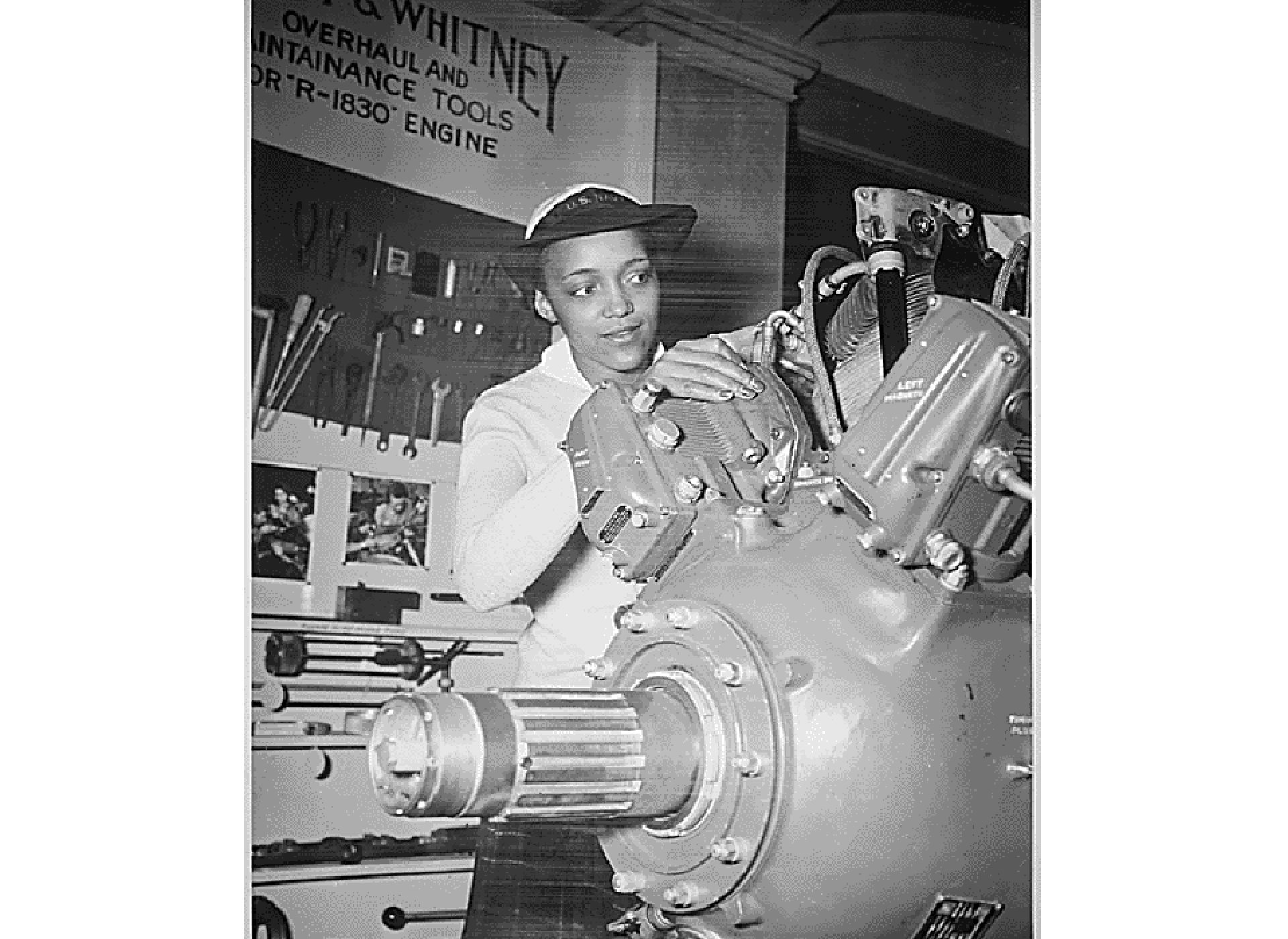
WAVE Apprentice Seaman Frances Bates inspects a Grumman Wildcat engine as part of her training at the US Naval Training School (WR) Bronx, New York. The National Archives.
Women Reservists
US Marine Corps
The same bill which created the WAVES established a women’s arm of the US Marine Corps. Initially less well-received than in other branches, it took until February 1943 for the first of these women to join the Corps. Like in the Navy, women joining the Marine Corps were part of the Reserve force, and were fully part of the Corps. Attempts were made to come up with a cute, catchy name for women in the Corps, with suggestions such as “Glamarines,” “Dainty Devil-Dogs,” and “Sub-Marines” being a few. Despite his initial reluctance to have women join the Corps, Major General Thomas Holcomb, Commandant of the Corps, refused all nicknames, saying, “They are Marines. They don’t have a nicknames and they don’t need one…They inherit the traditions of Marines. They are Marines.” With that edict, women joining the Corps were simply referred to as Women Reservists, WR for short.
Under director Colonel Ruth Cheney Streeter, women began joining the Corps in February 1943. The initial response was overwhelming, and the first platoon to graduate from US Naval Training School did not even have complete uniforms. Learning from the mistakes the other branches had made, the Marines quickly put themselves together, and by the end of the war had over 18,000 members. Like in the Navy, Women Reservists were initially limited to stateside service, eventually being allowed to deploy to Hawaii and Alaska. Unlike every other branch, the Women Reservists did not allow African American women to join during the war. The first African American woman to enlist, Annie E. Graham, did so in 1949.
This Women Reservists’ recruiting video, Lady Marines, was created to help recruit more women into the ranks of the WRs. From the National Archives.
Semper Paratus, Always Ready
US Coast Guard
Following the lead of the other branches, the US Coast Guard’s own women reserve force was authorized in late 1942. They too had a need for women to fill roles currently filled by men, allowing those men to go to sea. The first director came from the WAVES, Lieutenant Commander Dorothy Stratton. The initial recruiting drive was successful, but recruiting for the least-known service was always a challenge. African American women were not allowed to enlist until October 1944.
Smaller than the other service branches, the SPARs as they were known, had just 10,000 women in service from 1942-1946. By the end of 1944, recruiting had stopped, save for replacements or to fill positions requiring specialized skills. Although the Coast Guard fell under the jurisdiction of the US Navy during the war, SPARs, like their male counterparts, were trained in Coast Guard camps and specialty schools. As with the Women Reservists and WAVES, SPARs were only allowed to serve within the United States, Hawaii, and Alaska.
This SPARs recruiting video, Coast Guard SPARs, was created to help recruit more women into the ranks of the SPARs. From the National Archives.
Women Airforce Service Pilots
In September 1942, women first began to fly (as civilians) for the US Army Air Forces (USAAF). Twenty-eight women were in the first group of ferry pilots, called the Women’s Auxiliary Ferrying Squadron (WAFS). A training program began shortly after, called the Women’s Flying Training Detachment (WFTD). As women graduated from the WFTD, they became WAFS. When the work these women pilots did began to expand past ferrying aircraft, the USAAF renamed the organization Women Airforce Service Pilots (WASP) in the summer of 1943. Led by pilot Jacqueline Cochran, WASP were officially federal employees, and though they worked with the US Army Air Forces, were not members of any US military organization.
This group of female pilots, numbering just over 1,100, was responsible for ferrying aircraft from factories to airbases, towing aerial targets for gunnery practice, and testing aircraft. They flew everything from B-17s to P-51s. WASP pilots ferried over 12,000 aircraft, even flying some to distant theaters. Two women, Dorothea Johnson and Dora Daugherty Strother, tested the B-29 Super Fortress when some male pilots refused to do so. The WASP were disbanded in 1944 due to a surplus of male pilots and public pressure to give the work to those pilots.
The first half of this Army-Navy Screen Magazine details WASP service. From the National Archives.
Initially, women were brought into the various services branches to take over positions deemed culturally appropriate for women in the 1940s—clerks, typists, receptionists, and communications. Each branch quickly realized that women were capable of many types of work, often doing specialized, detailed work better than their male counterparts. Women became mechanics (both vehicle and aircraft), parachute riggers, air traffic control operators, drivers, and some even became instructors teaching male service members specialties such as aerial gunnery. Women were assigned to roles which required top secret clearance, putting together intelligence information from around the world. In all, there were over 200 jobs available to women in service, providing them with skills that gave their postwar lives more possibilities.
-

A member of the US Marine Corps Women’s Reserve drives a bus. Many women learned to drive as part of their service training. The National WWII Museum.
-

Port Moresby, Papua New Guinea. WACs work in a V-mail operation. WACs were the only branch authorized to work outside of the United States and its territories. The original caption reads, "Here is a section of the opening and targeting operation. Targeting is simply preparing each group of letters with a State target so mail for each group of States can be sent to its proper finishing station in the States. Here also, are withdrawn all letters which will not photograph well. These, of necessity, must be sent by regular mail, which in this case means by air." The National WWII Museum
Bringing women into a “man’s world” in the early 1940s was filled with challenges. The overwhelming mindset of the time was that women were needed at home to keep house and raise children. What would happen if they left? It wasn’t considered feminine to wear a uniform, despite all branches having feminine uniforms consisting of skirts, not slacks. First in service, WAACs (and then WACs) bore the brunt of negative feelings and publicity. Letters written by soldiers to their families were initially very negative toward women in the Army. Many servicemen, who had never even met a woman in uniform, were led to believe WACs were there solely to keep up morale, which led to a negative perspective. Rumors got so bad that at one point, some believed women in the service were nothing more than government sanctioned prostitutes. Naturally, with these false perspectives and bad rumors, many families did not want to see their daughters put on a uniform.
Many women were treated with disdain not only by service members, but by service members’ families. The concept of freeing a man to fight was used by every branch as part of their recruiting, and many women joined because they truly felt it would help bring a loved one home sooner. But for those men and families who had men stateside, the idea that they would be “freed” to fight was quite frequently not an alluring idea. Many men would have preferred to stay in a safe job in the States. Not everyone in uniform wanted to fight. The idea that they were to be replaced by a woman to be put in harm’s way made some men and their families dislike women in uniform.
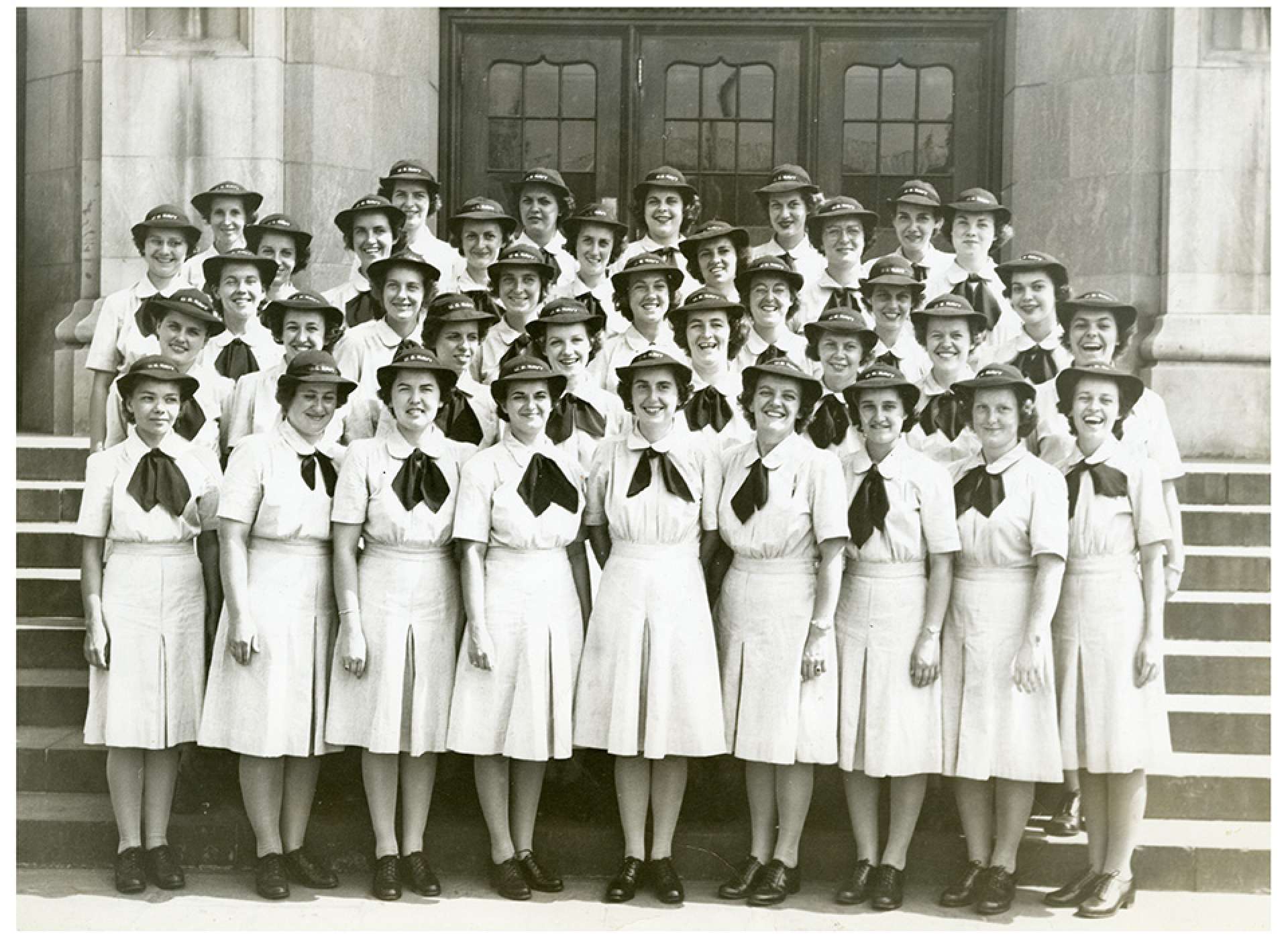
A group of WAVES in their summer seersucker uniforms. Smart, feminine uniforms were used to make service more attractive to women, and put families at ease that their “girls” would remain girls. The National WWII Museum.
Each branch felt it was important to emphasize the fact that women would not become any less feminine by the time’s standards by joining the service. Makeup, nail polish, and feminine hairstyles were not only allowed, but encouraged. Uniforms were specially designed to reflect those worn by men in the service branch, but were distinctly feminine. Purses and heels were standard issue, along with herringbone twill sets (HBT), dungarees, and boondocker boots. When the first WAVES and Women Reservists landed in Hawaii, the WAVES disembarked in their finest dress uniforms, the WRs in their boondockers and HBTs.
Despite the importance of women in service being seen as feminine (they were frequently and purposefully referred to as girls, not women) there were restrictions on their ability to marry, which were lessened over time. However, women in uniform were generally not allowed to have children under 18. Should a female service member become pregnant, she would be immediately discharged, regardless of her marital status.
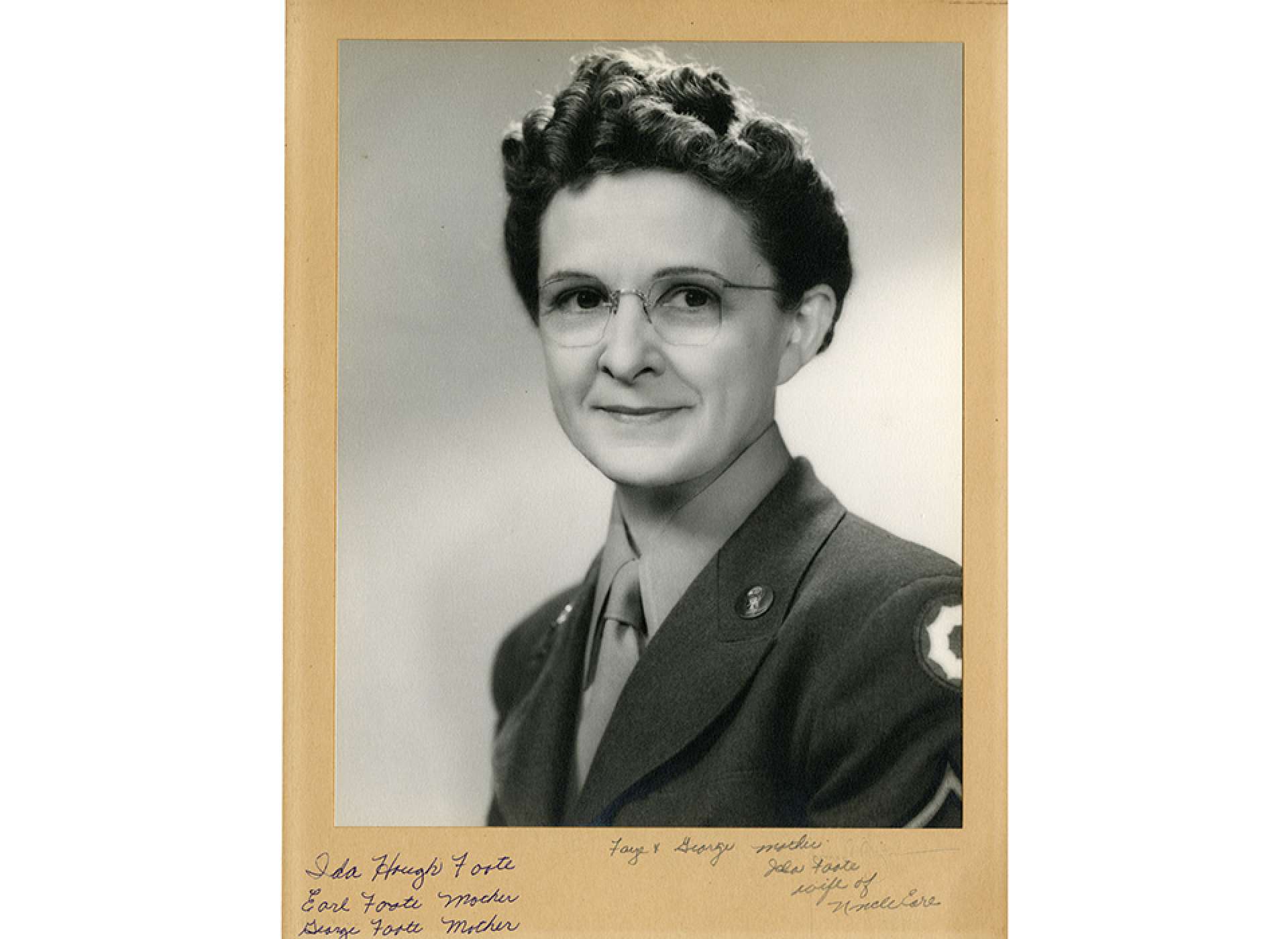
Mothers with children over 18 could, and did join. Ida Foote joined the WACs after her two sons were killed in action. George was killed when his submarine sank and Earl was captured in the Philippines and died in a Prisoner of War camp.
With the celebrations of VJ Day in August 1945, the future for women in the US Armed Forces became uncertain. They had served their country well—432 women were killed, 88 taken prisoner. Sixteen women were wounded in service due to enemy action and awarded the Purple Heart medal. For her action at Pearl Harbor, First Lieutenant Annie G. Fox of the Army Nurse Corps was awarded the Bronze Star and Purple Heart. The Bronze Star was awarded to 565 women, and nurses received 1,619 commendations, medals, and citations. With the end of the war, most branches severely cut back on the number of women in their ranks, some eventually disbanding entirely.
The largest of the women’s reserve units, the WACs, were able to retain a larger number of women after the war. In 1946, the Army requested authority to make the WAC a permanent part of the Regular Army. The bill was delayed, but finally passed in 1948—the Women’s Armed Services Integration Act. In 1978, the WAC was finally abolished, and all female members of the US Army were fully integrated.
The WAVES discharged most of their ranks after the war. A small number of WAVES were retained to assist with the Navy’s general demobilization, and upon the passage of the Integration Act, the US Navy became open to women as permanent members.
Women Reservists, numbering around 18,000 by the end of the war, were reduced to fewer than 1,000, but they too were released in 1946. In 1948, three women were sworn into the regular Marine Corps, and the Corps was once again open to women.
The SPARs were not retained, and all 10,000 were discharged by July 1946, but the service was reestablished three years later. In 1973, the Women’s Reserve was ended, and women were fully integrated in the US Coast Guard, although restrictions remained in place regarding what positions they could hold until 1978.
Despite their hard work and sacrifices, WASPs did not gain veteran status until 1977. Finally recognized as part of the military, WASPs were able to obtain veteran benefits. The Integration Act opened up the newly formed US Air Force to women. WAC veteran Sgt. Esther Blake was the first woman to enlist in the US Air Force.
Kali Martin
Kali Martin is a former Research Historian of The National WWII Museum's Jenny Craig Institute for the Study of War and Democracy.
Cite this article:
MLA Citation:
APA Citation:
Chicago Style Citation:
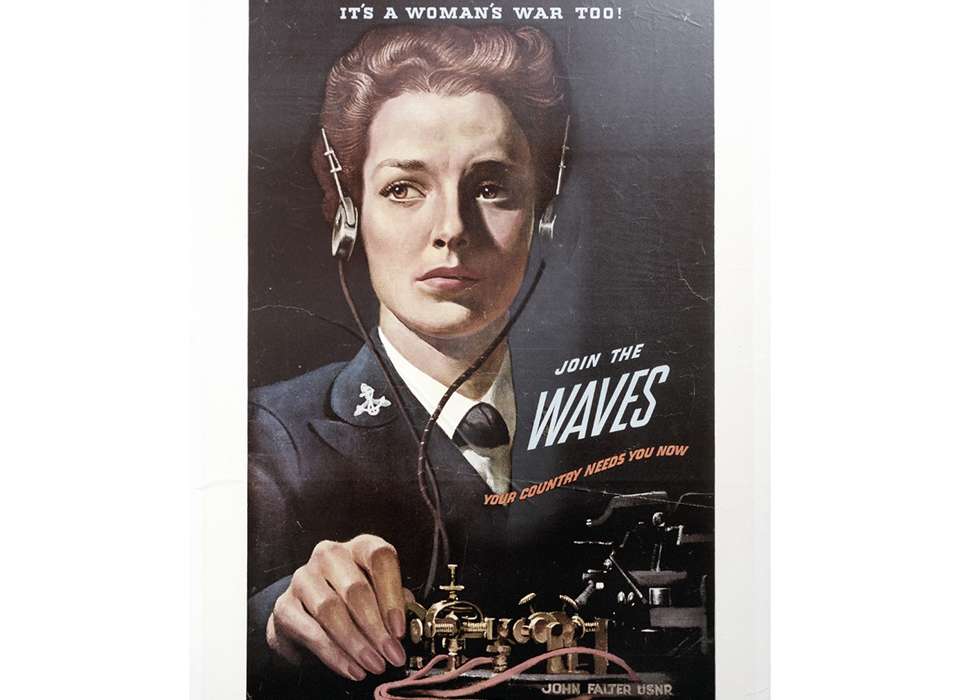
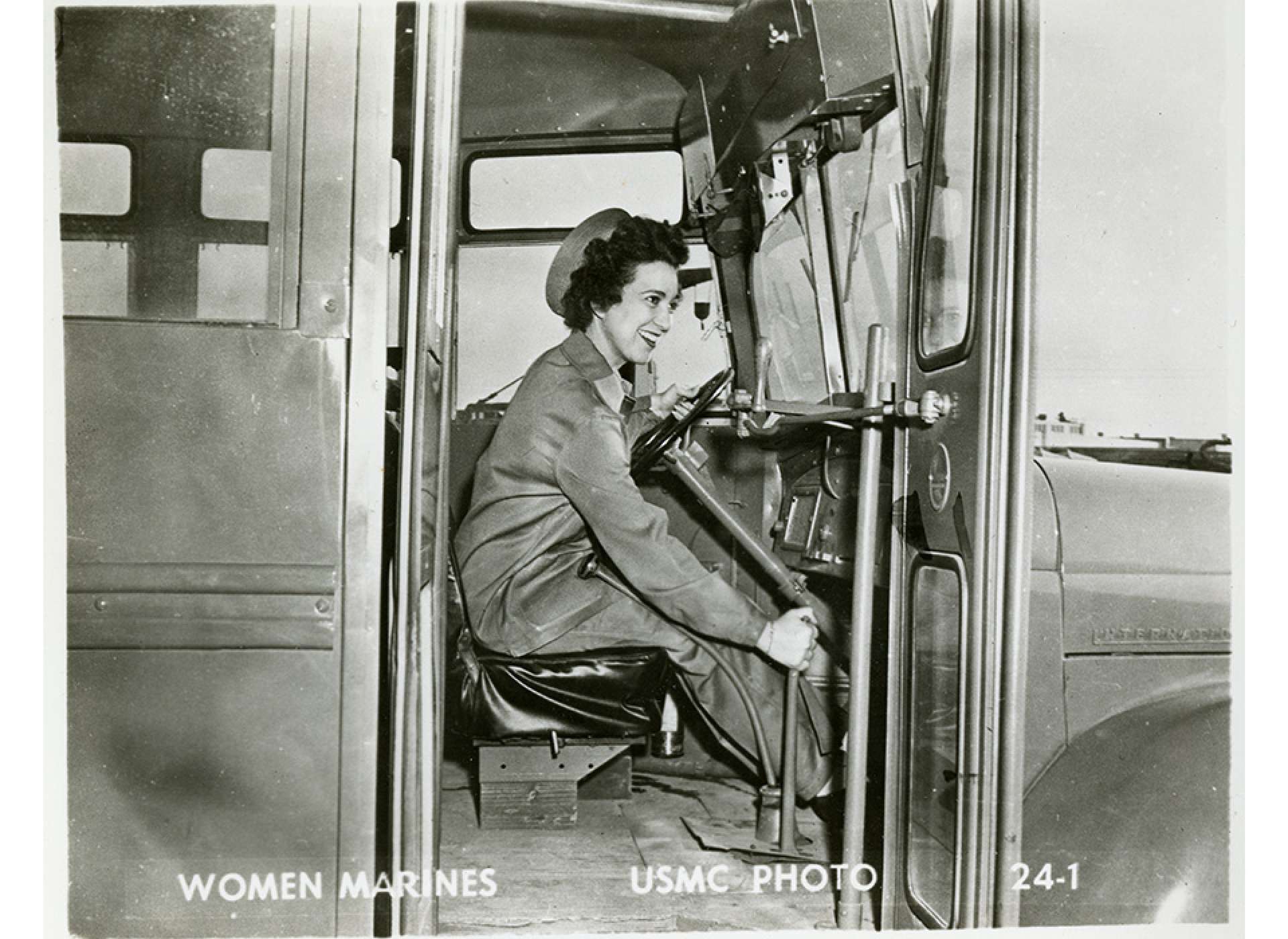
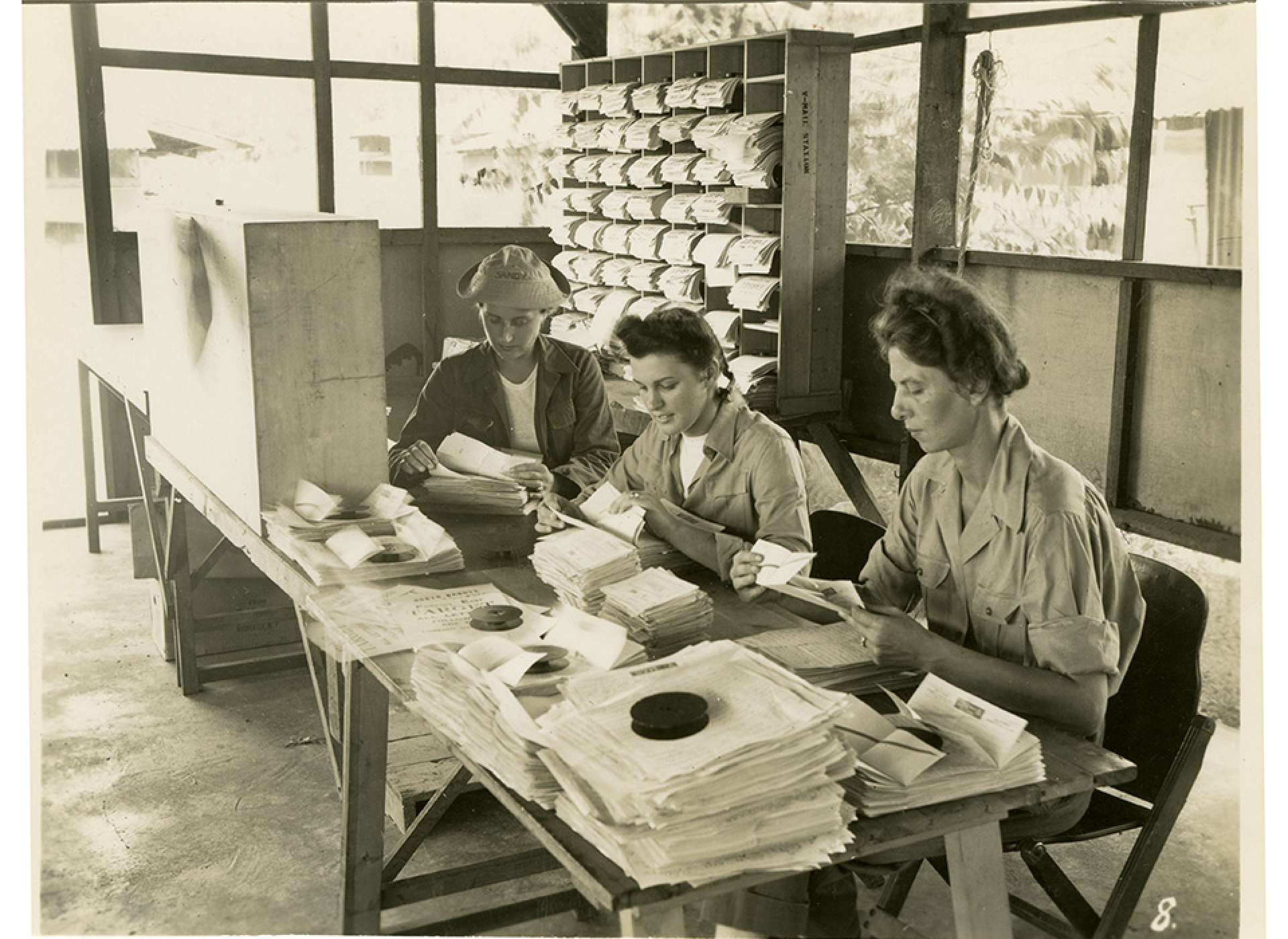




![Max Fuchs, New York City cantor, sings as Rabbi Sydney [sic] Lefkowitz, Richmond, VA, conducts the first Jewish services from Germany.](/sites/default/files/styles/max_650x650/public/2025-10/image1.jpg)



